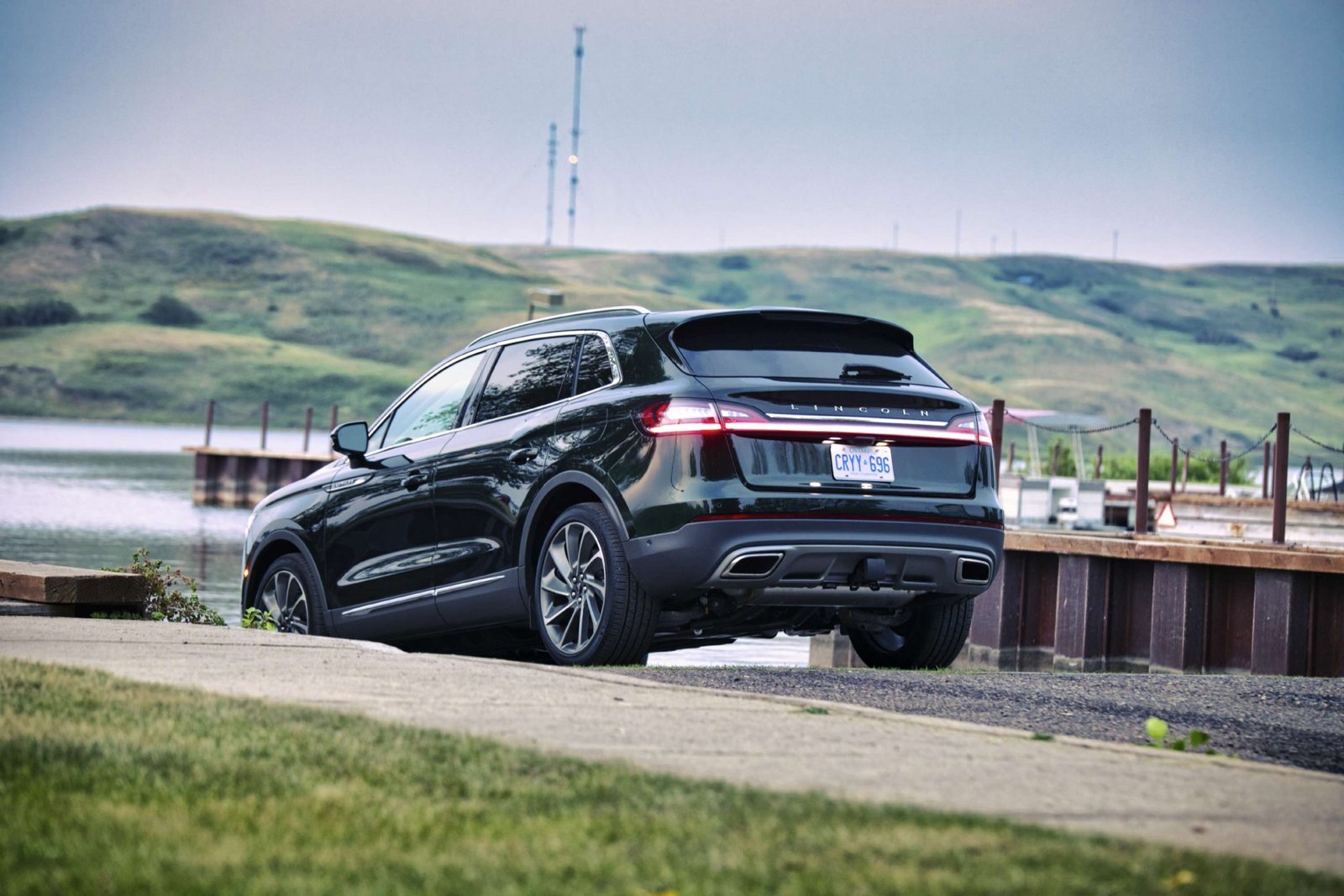Between two McLarens: Q&A with Design Director, Frank Stephenson

But the single most important design elemente on the P1 is not the barrier pushing aerodynamic elements that create 1320 lbs of downforce, or the rumoured powermill capable of putting out 600 HP per ton (equating to 900-1000 HP based on 3000 lb vehicle) or the ultra-light carbon fibre monocage. No, the most important elemente on the Parisian P1 is the colour. Yes, that’s right, the colour. McLaren’s Burnt farking orange is not only the preferred choice of many Floridian citrus fruits but also the most awesomest RGB colour in the history of man. And you thought I was going to say carbon fibre.
The extreme visceral nature of the P1 is no accident. “I wanted the P1 to look like a Le Mans racer with that low body, long rear deck and open mesh rear styling to put the mechanicals on view and to help cooling,” says Stephenson. “Plus there is the most aggressive rear diffuser ever seen on a road car.”
With the singular goal of becoming not only the fastest production car on the road but also the quickest series production car on track the P1 genetics are intentional throughout. “I wanted a car that was striking but also functional, a real statement of intent,” states Frank. “I wanted a genuinely beautiful and dramatically honest ‘supersports’ car that was in keeping with McLaren’s heritage but also at the forefront of automotive design.”
And as we’ll see, just like in nature, everything on the P1 is there for a reason. True form improves function according to Chief Design Engineer, Parry Williams. “Every duct, every surface, does a job, either in aero or in cooling.”
But enough about orange mono-cage cockpit amenities, what about those fantastical McLaren design aspects? In talking to Stephenson the designer about design, he mentions the need to constantly be on patrol for new design inspirations; whether they exist on the street, in nature or in existing technologies. Frank is one of the lucky that possesses the creative curiosity gene that over time has been trained to pick up on subtle design cues in the everyday.

He says his inspirations can range from ‘things on the sidewalk’ to a sailfish to the toys in his office, as he pulls out one toy after another, presenting key design elements of each that caught his eye. For sure his Platinum Toys R’ Us card is maxed out and the latest HotWheels are hand-delivered direct to McLaren. “The nature of a designer requires they in essence keep a toy shop around them,” claims Stephenson, as toys cover various working surfaces around his office.
But when he’s not racing HotWheels around his office floor Frank is sketching. Stephenson is apparently always sketching. Free form sketching is what many of the great architects and designers constantly try to instill on their students, the analog representation from a pen is infinitely more human and personal than what can be delivered via a computer. At least in the early stages this is where you’ll see many early designs created, scrapped, tweaked, scrapped, repeat, etc. until the design is clay ready. But even once the car makes it past CorelDraw 3.0 it still has to go through another clay-mationed analog experience.

